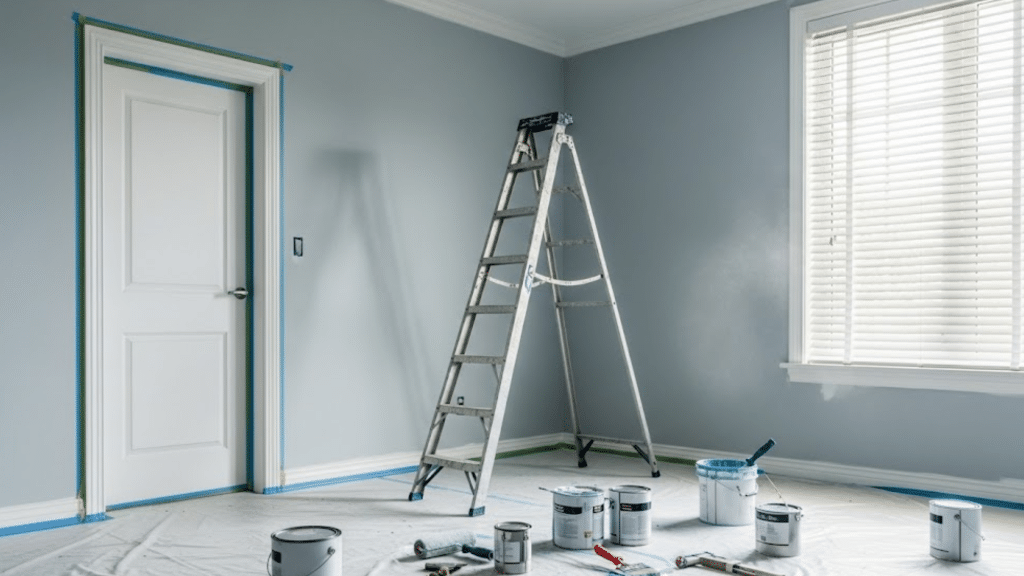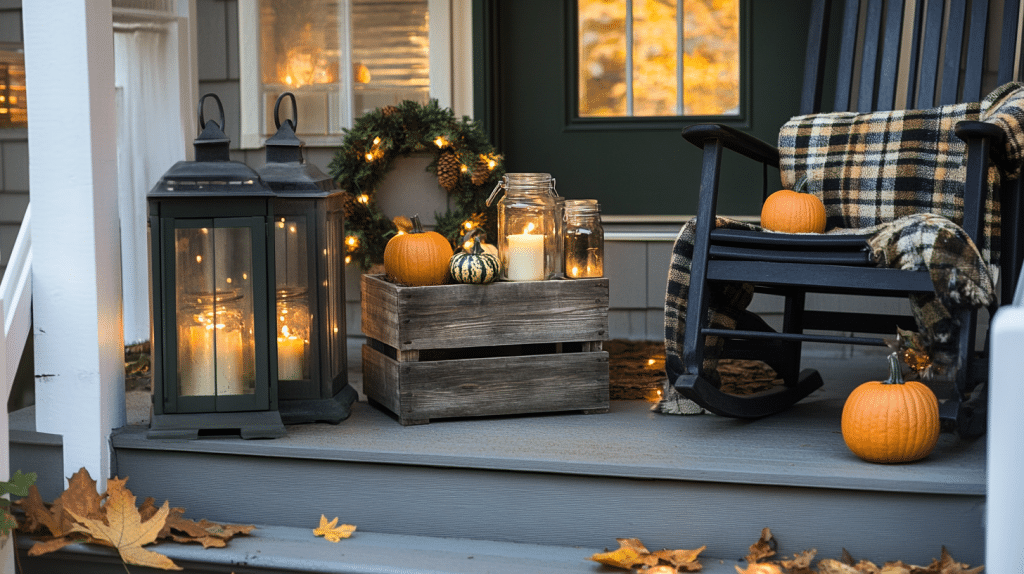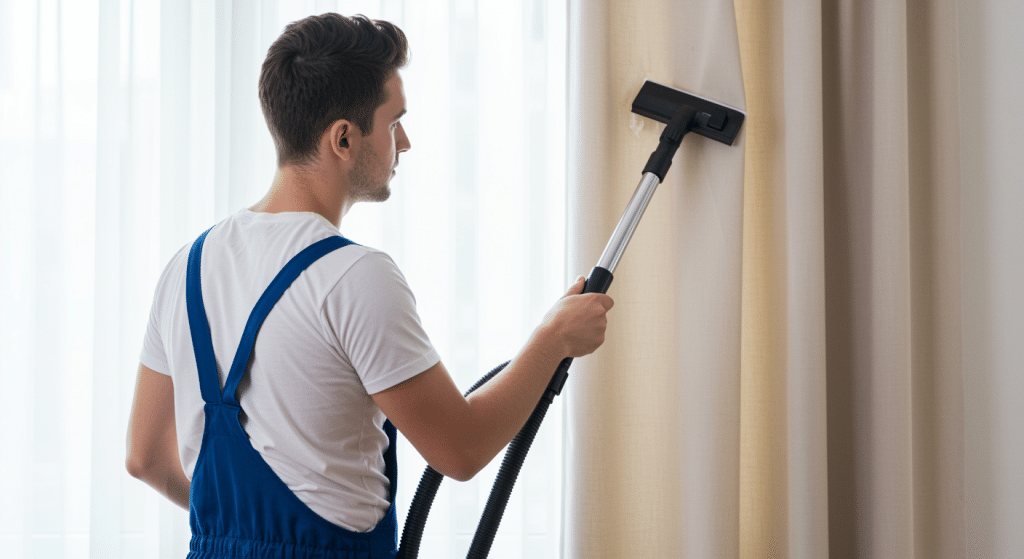You know that distinct paint smell that hits you when you walk into a freshly painted room?
It’s not just an odor, it’s actually chemical vapors floating around your space. And while we all want our painting projects to look amazing, nobody wants to breathe in potentially harmful fumes longer than necessary.
The tricky part is figuring out when it’s actually safe to move back into that room.
Some people even worry if sleeping in a freshly painted room could be deadly, and that concern isn’t totally off-base when you consider how concentrated those fumes can get.
So how do you know when the air is truly clear? Let’s walk through some simple ways to check.
Why does Paint Smell Stick Around So Long?
Ever wonder why that paint smell seems to follow you around for days? It’s because paint doesn’t just dry on the surface: it continues releasing VOCs into the air long after it looks completely dry.
- VOCs evaporate slowly: These volatile organic compounds need time to fully escape from the paint film, and this process can take days or weeks depending on the paint type
- Paint keeps “off-gassing”: Even when the surface feels dry to touch, the deeper layers are still releasing chemical vapors into your room’s air
- Molecular process takes time: The solvents and chemicals in paint don’t disappear instantly; they gradually evaporate at different rates
- Environmental factors slow things down: Poor ventilation means these evaporating chemicals have nowhere to go, so they just accumulate in your space
Pro Tip: Place bowls of activated charcoal or baking soda around the room to absorb lingering VOCs naturally. Activated charcoal works best, replace every 2-3 days for maximum effectiveness.
Simple Home Checks for Fume Safety
You don’t need fancy equipment to check if your painted room is safe – just use these simple tests that anyone can do.
1. The Smell Test
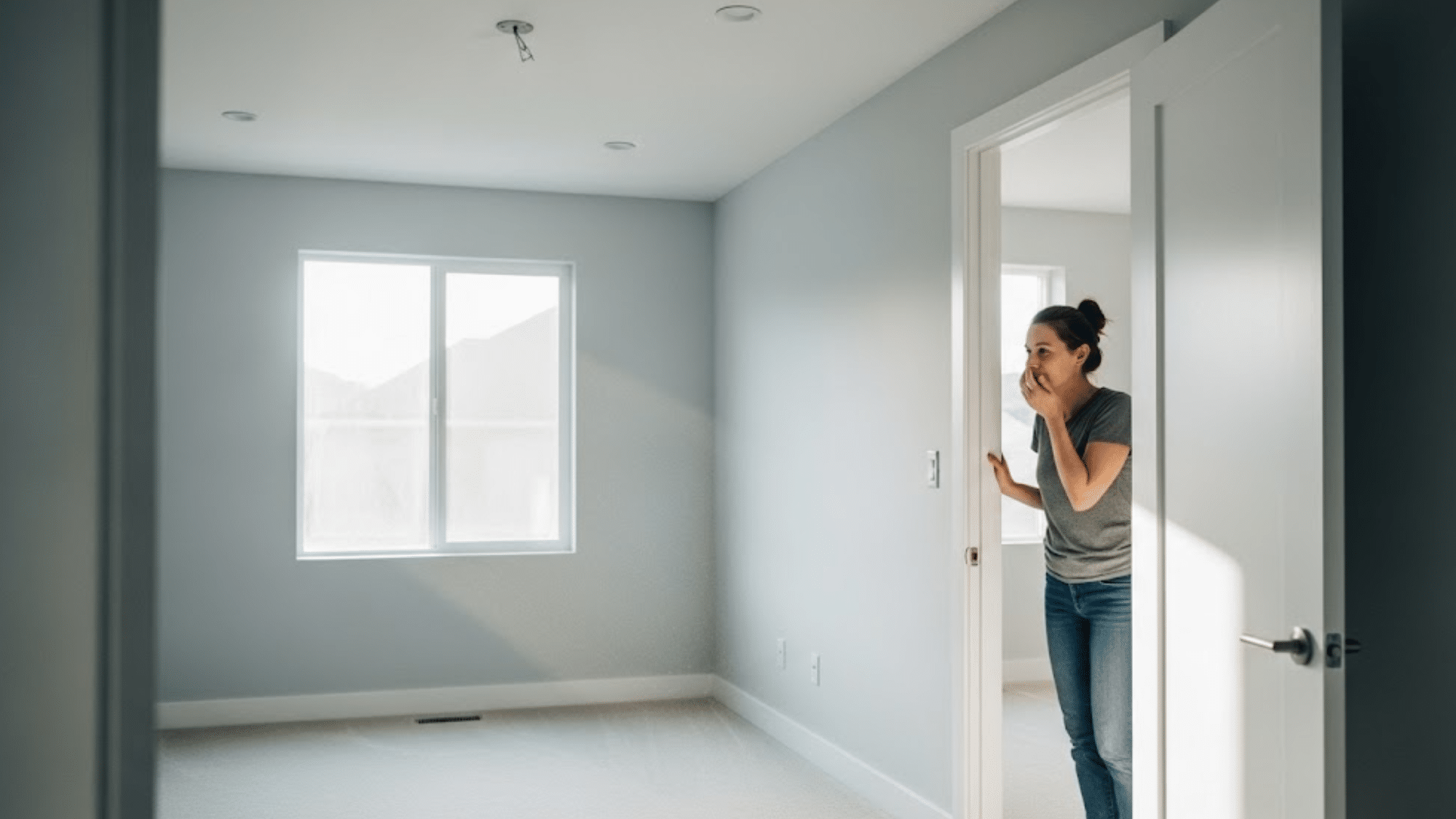
Walk into the room and take a normal breath. If you can’t detect that strong, sharp paint odor, that’s definitely a good sign. The absence of that overwhelming chemical smell usually means the worst of the fumes have cleared out.
But here’s the catch, even faint smells mean VOCs are still hanging around. Your nose adapts quickly to odors, so what seems “odorless” to you might still have lingering fumes that could affect your health.
If you’re unsure, ask someone else to come in and give their opinion, fresh noses are more reliable.
2. Check for Proper Dryness

Gently touch the painted surface with your fingertip. It should feel completely dry with no tackiness or stickiness whatsoever.
The paint should have that smooth, finished feel you get with fully cured surfaces. If the paint still feels even slightly tacky, it’s definitely still releasing fumes into your space.
Don’t just check one spot either test several areas, including corners and edges where paint tends to take longer to dry. Humid weather can extend drying times significantly, so be extra patient during those muggy summer months.
3. Ventilation Check
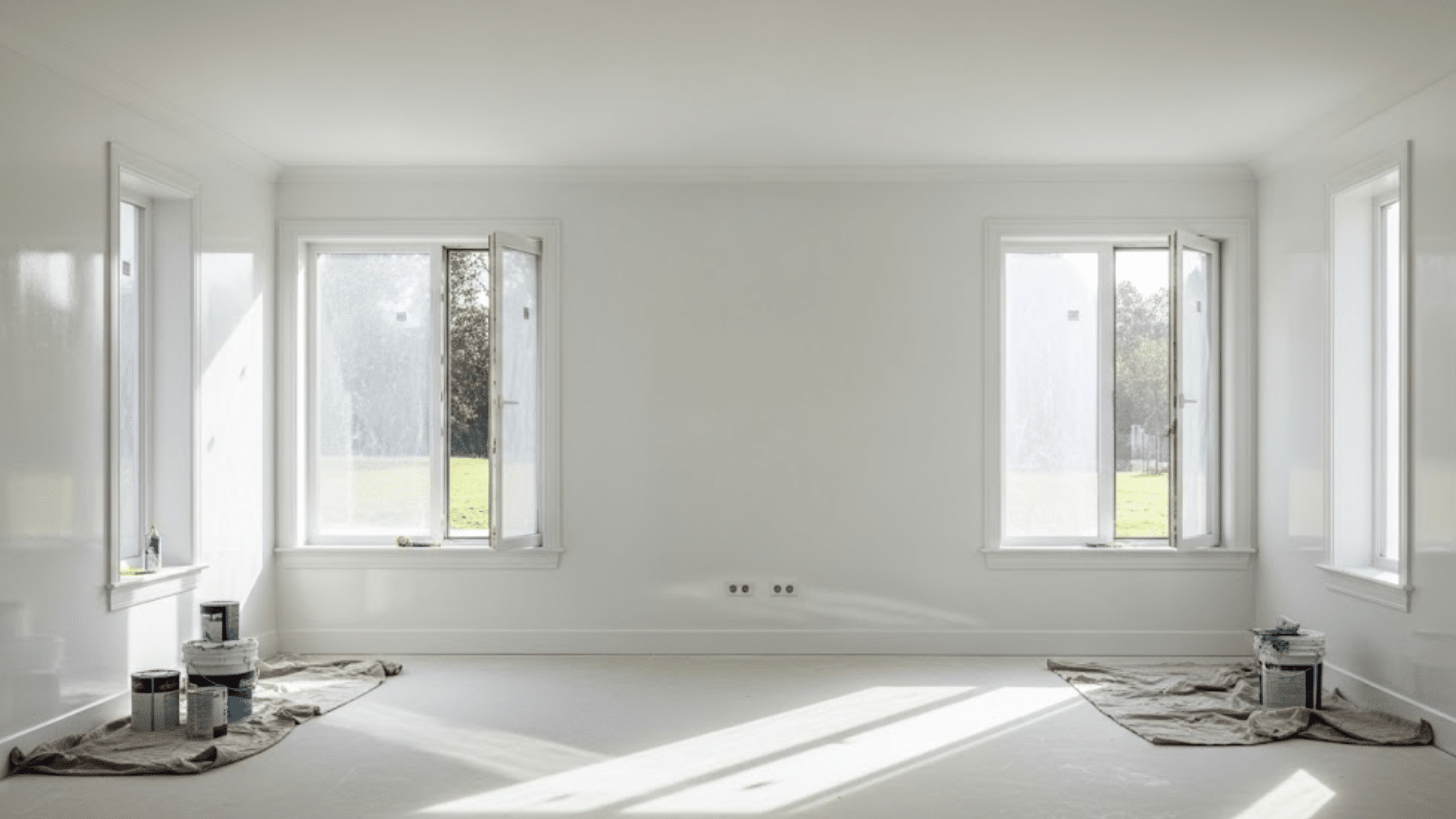
Make sure windows and doors have been open for at least 2-3 days after painting. Even if the paint looks dry, proper airflow is crucial for clearing out those invisible VOCs that can linger long after the smell fades.
Cross-ventilation works best, it creates airflow that actually moves fumes out rather than just circulating them around.
If you only have windows on one side, place a fan near the opening to help push stale air out.
How Long Do Paint Fumes Last?
The timeline really depends on what type of paint you used, and honestly, it’s longer than most people expect.
If you’ve ever wondered how long indoor air is unsafe, this is where the differences between oil-based and water-based paints matter most.
Oil-based paints keep releasing fumes for several days to even weeks. These paints are stubborn, and you’ll definitely smell them for at least a week with decent ventilation.
Water-based paints are much more forgiving. The most hazardous fumes usually clear out within 24-48 hours, though you might catch a faint odor lingering for up to a week.
Still, they’re way easier to live with than oil-based options.
Just because you can’t smell it doesn’t mean all the VOCs are gone. Your nose gets used to odors pretty quickly.
Final Takeaway
Paint fume safety isn’t something to take lightly, but it doesn’t have to be complicated either. With these simple checks, you can make informed decisions about when your space is truly ready.
Remember, every room is different. Factors like humidity, temperature, and airflow all play a role in how quickly fumes clear out.
When in doubt, give it an extra day or two. Your health is worth more than rushing back into a freshly painted room.
Trust your instincts and prioritize proper ventilation above everything else.


